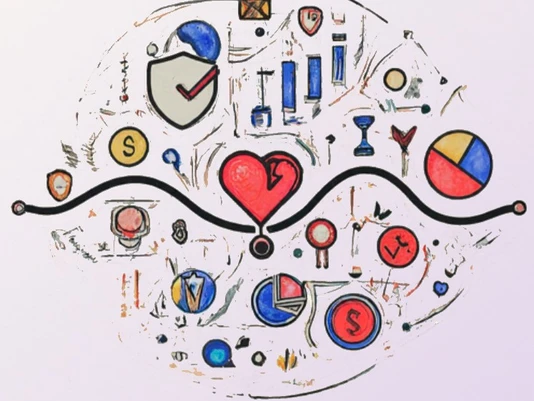We often see innovators and project leaders fail by rushing to develop internal applications without user experience (UX) and customer journey considerations. The result is poor adoption and wasted resources. These projects range in size from small tools to large applications, however they often share an issue: they are developed internally, often by an engineer, and then handed off to a development partner to build. The result is that many fail due to a lack of understanding of user needs, improper phasing, and simply, poor UX.
Investing in UX for internal applications has the following benefits:
- Increased project buy-in helps secure funding
- Better tools lead to higher adoption
- Phased releases optimize budget and streamline development time
- Building great products increases internal recognition
But you need to use caution.
Greater Buy-In
Many projects are deprioritized because senior decision makers don’t see the value, or simply aren’t excited about a project. UX design provides justification for further investment as stakeholders can directly see the benefits. Creating artifacts like clickable prototypes or demo videos are often critical for building momentum and securing funding for a product. These materials help propel the product’s story throughout the organization, as they are forwarded to various leaders.

Better Tools
UX fundamentals are critical for internal projects. Understanding user needs and aligning them with customer personas and journeys is an example—rather than relying solely on internal assumptions, it’s crucial to conduct research to understand the needs and pain points of users. This UX approach leads to dramatic improvements: A study by the Nielsen Norman Group found that products with UX best practices demonstrated up to a 100% increase in task completion rate.
The bar is high—internal constituents are used for consumer applications. Meeting these expectations requires focusing on design and interaction quality from the start. Well-executed information architecture, intuitive workflows, responsive performance, and aesthetically pleasing visuals are essentials—not nice-to-haves.
Phased Releases
UX is also essential to drive an iterative, phased plan beginning with a minimum viable product (MVP) to validate core functionality and ensure resources aren’t wasted. Follow-on releases then layer in more capabilities, guided by real user feedback rather than guesses. With each iteration, the tool becomes more refined without massive rework.
Internal Notoriety
Those who commit to creating a professional-grade application, rather than a basic, flawed internal tool, can build name recognition for themselves within an organization. Well-designed internal apps become calling cards for people who drive results. The outcome is increased exposure throughout the company and internal notoriety as someone who can drive successful projects.
Use Caution
Often, internal innovators don’t expect others to refine or enhance their work. They may hesitate to collaborate or even seem standoffish. The key is showing how UX can help fulfill their vision. By highlighting how user-centric design and journey mapping will help the innovation better meet its goals, innovators see UX and customer experience as allies rather than critics. Focusing on shared objectives helps break down barriers and builds trust.
Another issue is that building user-centered applications often requires close collaboration between design and engineering teams. A common pitfall occurs when the design is defined upfront but then handed off to development partners. This disconnect can lead to inefficient or frustrating user experiences as the implementation drifts from the original vision. The solution is to foster alignment through ongoing cross-functional partnership. UX designers should create robust requirements and design systems upfront. But it’s equally important for them to stay closely involved throughout development, co-designing with engineers and guiding decisions.
In summary, UX delivers significant advantages for digital transformation efforts. With user-centric design, aligned with customer personas, internal projects can better support workflows, secure buy-in, and recognize emerging talent.




